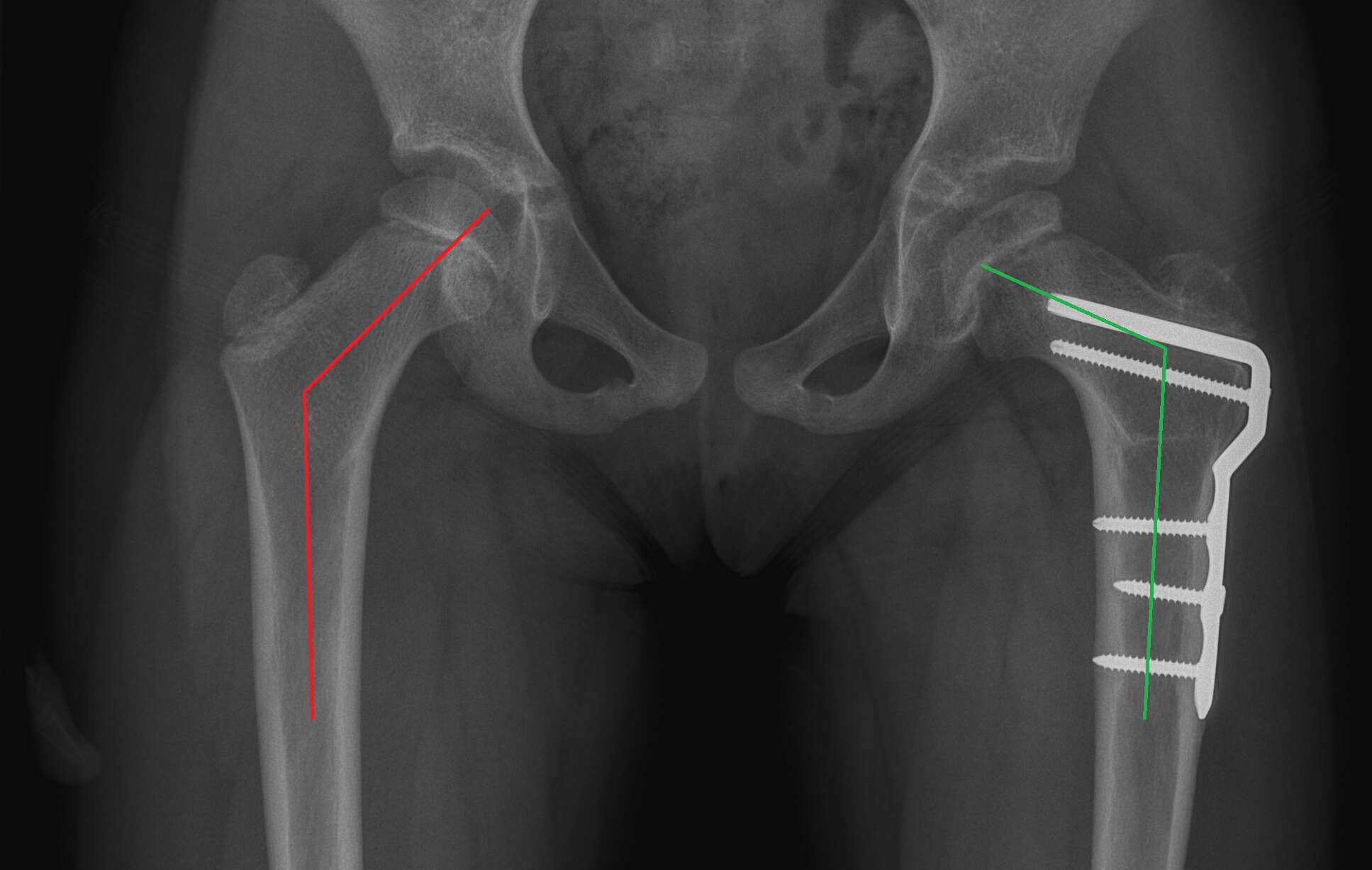
Calvé disease, also known as Calvé-Legg-Perthes disease, is a rare childhood condition that affects the hip. But what exactly is Calvé disease? It's a disorder where the blood supply to the rounded head of the femur (thighbone) is temporarily disrupted, causing the bone to die and stop growing. This can lead to hip pain, limping, and limited range of motion. The exact cause remains unknown, but it primarily affects children between the ages of 4 and 10, with boys being more commonly affected than girls. Early diagnosis and treatment are crucial to prevent long-term complications. Let's dive into 25 intriguing facts about this condition to better understand its impact and management.
Key Takeaways:
- Calvé Disease is a rare condition that affects the spine, primarily in children. It can cause back pain, spinal deformity, and limited mobility, but early diagnosis and treatment can help manage the symptoms.
- While the exact cause of Calvé Disease is unknown, genetics, trauma, infections, and nutritional deficiencies may play a role. Treatment options include rest, physical therapy, bracing, medication, and surgery in severe cases.
What is Calvé Disease?
Calvé disease, also known as vertebral osteochondrosis, is a rare condition affecting the spine. It primarily impacts children and adolescents, causing pain and deformity in the vertebrae. Here are some intriguing facts about this uncommon ailment.
-
Rare Condition: Calvé disease is considered rare, with only a few cases reported annually worldwide.
-
Named After a Doctor: The disease is named after French radiologist Jacques Calvé, who first described it in 1925.
-
Affects the Spine: This condition specifically targets the vertebrae, leading to their collapse and deformation.
-
Common in Children: Most cases are diagnosed in children between the ages of 2 and 15.
-
More Common in Boys: Boys are more frequently affected by Calvé disease than girls.
Symptoms of Calvé Disease
Recognizing the symptoms early can help in managing the condition better. Here are some common signs to look out for.
-
Back Pain: Persistent back pain is one of the primary symptoms.
-
Spinal Deformity: Noticeable curvature or deformity in the spine may develop.
-
Limited Mobility: Reduced range of motion in the back can occur.
-
Muscle Spasms: Muscle spasms around the affected area are common.
-
Fatigue: Children with Calvé disease may experience general fatigue.
Causes and Risk Factors
Understanding what causes Calvé disease and the risk factors involved can provide insight into its development.
-
Unknown Cause: The exact cause of Calvé disease remains unknown.
-
Genetic Factors: Some researchers believe genetics may play a role.
-
Trauma: Previous spinal injuries might increase the risk.
-
Infection: Certain infections could potentially trigger the condition.
-
Nutritional Deficiencies: Lack of essential nutrients might contribute to the disease.
Diagnosis of Calvé Disease
Accurate diagnosis is crucial for effective treatment. Here’s how doctors typically identify Calvé disease.
-
X-Rays: X-rays are often the first step in diagnosing the condition.
-
MRI Scans: MRI scans provide detailed images of the spine.
-
CT Scans: CT scans can help in assessing the extent of vertebral damage.
-
Bone Scans: Bone scans might be used to detect abnormalities.
-
Physical Examination: A thorough physical examination is essential for diagnosis.
Treatment Options
Various treatment options are available to manage Calvé disease. Here are some common approaches.
-
Rest: Resting the spine can help alleviate symptoms.
-
Physical Therapy: Physical therapy can improve mobility and reduce pain.
-
Bracing: Wearing a brace may help in supporting the spine.
-
Medication: Pain relievers and anti-inflammatory drugs can be prescribed.
-
Surgery: In severe cases, surgery might be necessary to correct spinal deformities.
Final Thoughts on Calvé Disease
Calvé Disease, also known as Legg-Calvé-Perthes Disease, affects the hip joint in children, causing pain and limited movement. Early diagnosis is crucial for effective treatment, which often includes physical therapy, bracing, or surgery. Understanding the symptoms, such as limping and hip stiffness, can help parents seek timely medical advice. While the exact cause remains unknown, factors like genetics and blood supply issues to the hip bone play a role. With proper care, most children recover well and lead active lives. Staying informed about this condition empowers families to make the best decisions for their child's health. Remember, if you notice any signs of hip discomfort in your child, consult a healthcare professional promptly. Knowledge and early intervention are key to managing Calvé Disease effectively.
Frequently Asked Questions
Was this page helpful?
Our commitment to delivering trustworthy and engaging content is at the heart of what we do. Each fact on our site is contributed by real users like you, bringing a wealth of diverse insights and information. To ensure the highest standards of accuracy and reliability, our dedicated editors meticulously review each submission. This process guarantees that the facts we share are not only fascinating but also credible. Trust in our commitment to quality and authenticity as you explore and learn with us.
